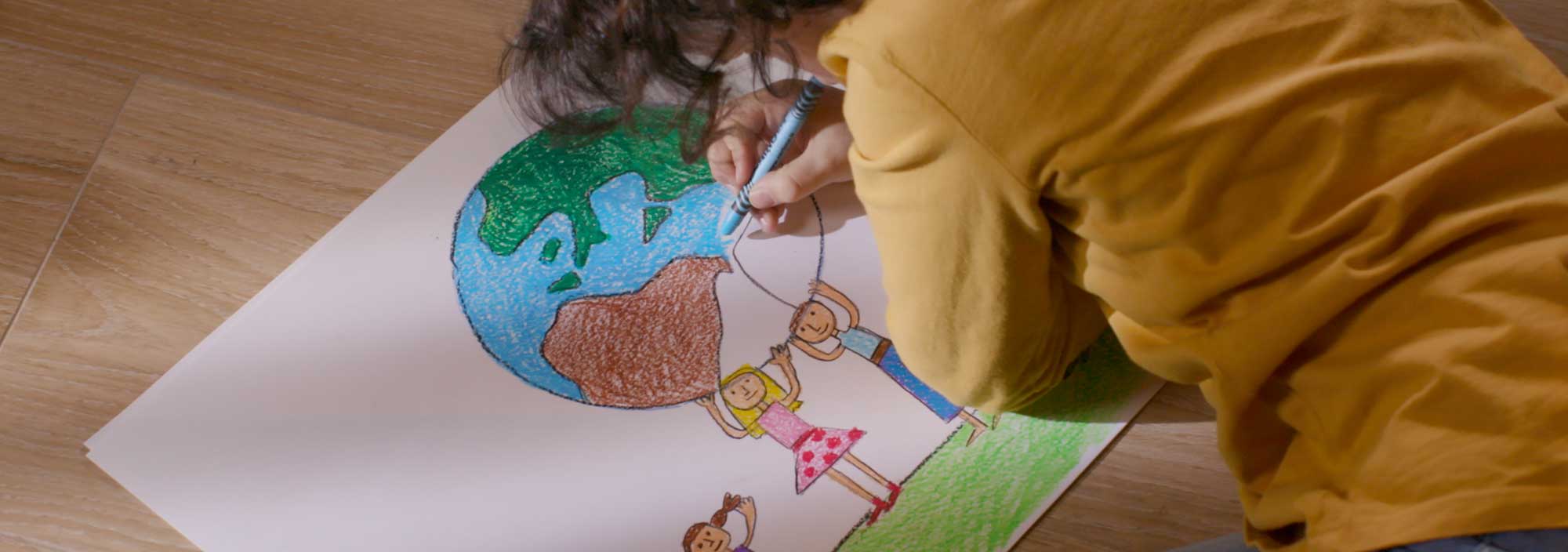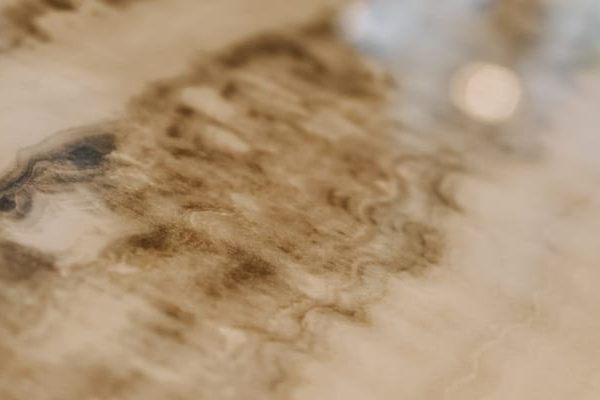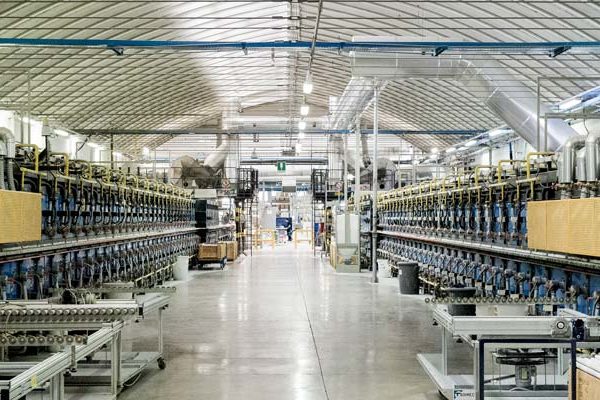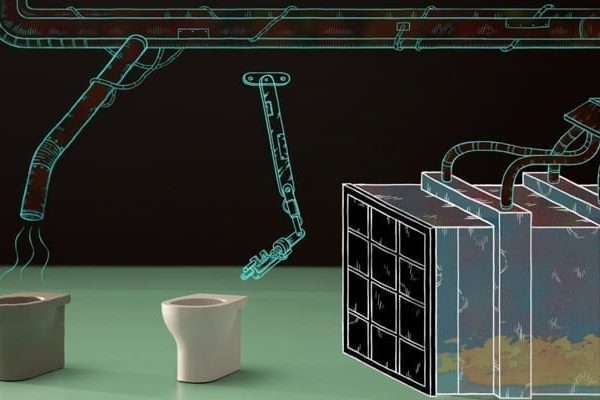
Environment-friendly
Ceramic is a sustainable material that is healthy and environment-friendly because it is produced in full compliance with European standards
If you are looking for a sustainable material for covering the floors, walls and bathroom and kitchen countertops in your home, then ceramic is the perfect choice. Made from natural raw materials using low environmental-impact production processes, ceramic products are eco-friendly in terms of their intrinsic characteristics and intended uses.
Only natural raw materials
Ceramic is made from natural raw materials such as clay, feldspar, sand and kaolin using technologies that minimise energy usage and maximise process water recycling. The resultant materials are highly durable and non-deformable, resistant to frost and chemicals, hypoallergenic and odourless, but above all totally recyclable. Modern WCs also contribute to sustainability as they consume less water, thereby saving on use of this precious primary resource.
Related topics

Sustainability of ceramic materials and surfaces
An environmental impact assessment conducted over the entire product life cycle (LCA) showed that ceramic has the lowest impact of all floor covering materials. Pale-coloured ceramic installed outdoors is capable of reducing the heat island effect, an important characteristic in the environmental certification of buildings. read more >

Sustainability in the ceramic production and logistics cycle
Today’s ceramic production processes use half the quantity of energy per square metre compared to twenty years ago. They recycle 100% of production water and their levels of atmospheric emissions are significantly below legal limits. This has been measured and documented in an analysis of around a hundred Integrated Environmental Authorisations (IEAs). read more >

From the production process through to end products, Italian sanitaryware is becoming increasingly sustainable
Modern ceramic sanitaryware guarantees maximum hygiene in the bathroom coupled with environmental sustainability. Look for a WC that uses just 4-6 litres per flush and replace your current model. Each year, you’ll save thousands of litres of water and a lot of money. read more >

